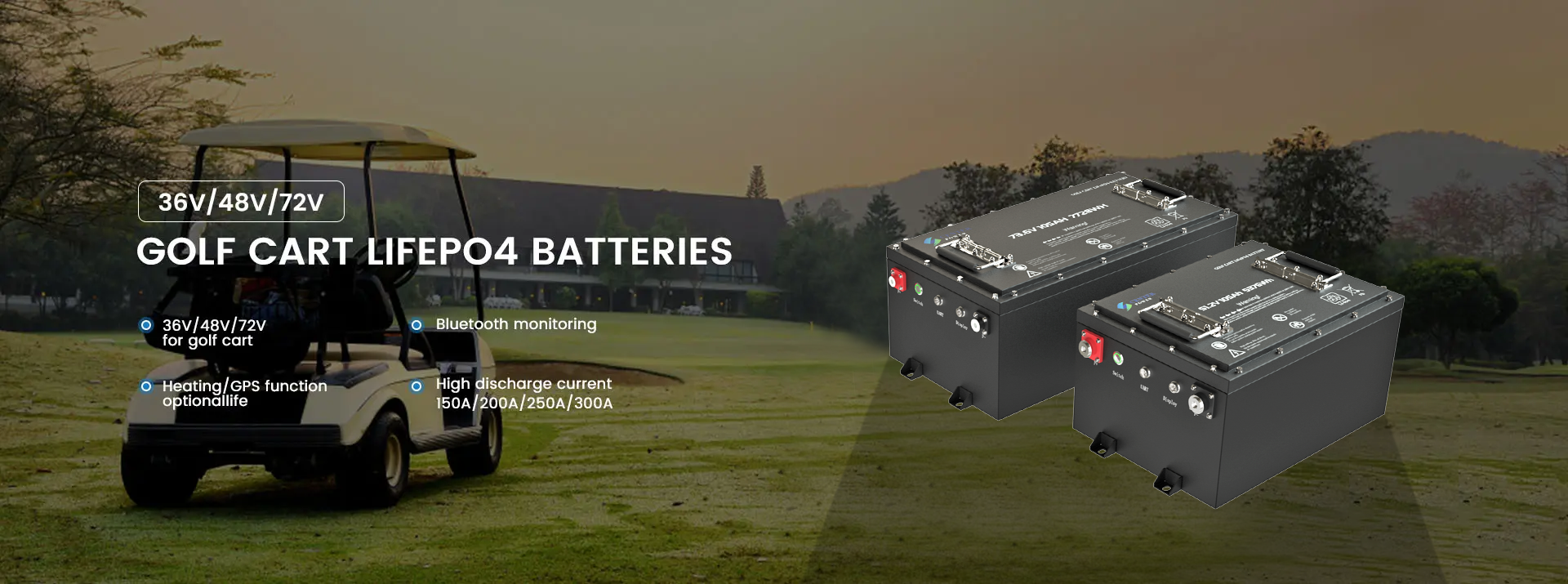
Electric forklift batteries come in several types, each with its own advantages and applications. Here are the most common ones:
1. Lead-Acid Batteries
- Description: Traditional and widely used in electric forklifts.
- Advantages:
- Lower initial cost.
- Robust and can handle heavy-duty cycles.
- Disadvantages:Applications: Suitable for businesses with multiple shifts where battery swapping is possible.
- Longer charging times (8-10 hours).
- Requires regular maintenance (watering and cleaning).
- Shorter lifespan compared to newer technologies.
2. Lithium-Ion Batteries (Li-ion)
- Description: A newer, more advanced technology, particularly popular for its high efficiency.
- Advantages:
- Fast charging (can fully charge within 1-2 hours).
- No maintenance (no need for water refilling or frequent equalizing).
- Longer lifespan (up to 4 times the life of lead-acid batteries).
- Consistent power output, even as the charge depletes.
- Opportunity charging capability (can be charged during breaks).
- Disadvantages:Applications: Ideal for high-efficiency operations, multi-shift facilities, and where maintenance reduction is a priority.
- Higher upfront cost.
3. Nickel-Iron (NiFe) Batteries
- Description: A less common battery type, known for its durability and long life.
- Advantages:
- Extremely durable with a long lifespan.
- Can withstand harsh environmental conditions.
- Disadvantages:Applications: Suitable for operations where battery replacement costs need to be minimized, but not typically used in modern forklifts due to better alternatives.
- Heavy.
- High self-discharge rate.
- Lower energy efficiency.
4. Thin Plate Pure Lead (TPPL) Batteries
- Description: A variant of lead-acid batteries, using thinner, pure lead plates.
- Advantages:
- Faster charging times compared to conventional lead-acid.
- Longer life than standard lead-acid batteries.
- Lower maintenance requirements.
- Disadvantages:Applications: A good option for businesses looking for an intermediate solution between lead-acid and lithium-ion.
- Still heavier than lithium-ion.
- More expensive than standard lead-acid batteries.
Comparison Summary
- Lead-Acid: Economical but high maintenance and slower charging.
- Lithium-Ion: More expensive but fast-charging, low maintenance, and long-lasting.
- Nickel-Iron: Extremely durable but inefficient and bulky.
- TPPL: Enhanced lead-acid with faster charge and reduced maintenance but heavier than lithium-ion.
Post time: Sep-26-2024






